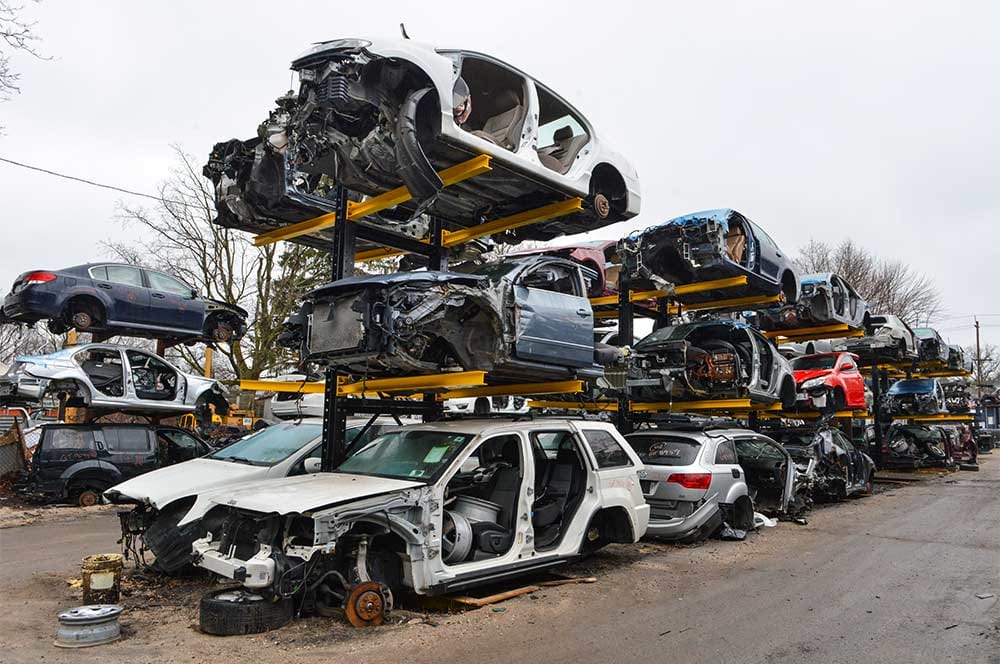
Used or salvaged parts, or second-hand or recycled parts, are components previously installed and used in a vehicle and have since been removed from the original car. These parts are typically sourced from salvage yards, auto recycling facilities, or cars that are no longer used due to accidents, mechanical issues, Flood damage, or other reasons. Used or salvaged parts are an alternative to new or aftermarket parts and can offer several advantages, including cost savings and environmental benefits. Here are some key points about used or salvaged parts:
1. Cost Savings: Cost savings is one of the primary reasons for using used or salvaged parts. These parts are generally more affordable than new or OEM (Original Equipment Manufacturer) parts, making them an attractive option for vehicle repairs.
2. Availability: Used parts can be readily available, especially for older or less standard vehicle models, where new OEM parts may be more challenging or expensive.
3. Recycling and Environmental Benefits: Using salvaged parts promotes recycling and reduces the need for manufacturing new components. This can have environmental benefits by conserving resources and reducing waste.
4. Quality and Condition: The quality and condition of used parts can vary widely. Some salvaged parts are in excellent condition, while others may have wear and tear. It’s important to inspect and assess the condition of used parts before installation.
5. Compatibility: Used parts may not always be compatible with a vehicle’s exact make and model. Variations in trim levels, options, or model years can affect compatibility.
6. Warranty and Guarantees: Salvage yards or auto recyclers may offer limited warranties or guarantees on used parts, but the coverage can vary.
7. Inspection and Testing: Before installing a used part, it’s advisable to inspect it thoroughly and, if possible, test it to ensure that it functions properly and is in suitable condition for use.
8. Safety Considerations: Safety-related components, such as airbags or seat belts, should be used cautiously. Purchasing these items new or from a reputable source is recommended, as their history and functionality are critical for safety.
9. Paint and Aesthetics: If body panels or parts are being used for cosmetic reasons, there may be variations in color, texture, or finish that require painting or refinishing to match the vehicle’s existing appearance.
10. Legal and Regulatory Considerations: Depending on your location, regulations or laws may govern using salvaged or used parts in specific applications, such as safety-related components. Ensure compliance with local codes.
Used or salvaged parts can be a cost-effective and environmentally friendly option for vehicle repairs. Still, it’s crucial to carefully assess their condition and compatibility to ensure safe and reliable performance. Working with reputable salvage yards or auto recyclers can also help you find high-quality used parts.

These are parts that were likely taken from a car that was in an accident that was not worth repairing. Or they could have been taken off of a car that was in one of the floods along the Gulf Coast flood-damaged cars. Have you ever seen how badly cars rust along the coast? We are all about our environment but we have never read or heard of any car manufacturer that recommends anything other than new OEM parts in the repair of their cars as there is no way of knowing the quality and safety of these parts. Are they twisted from the other accident? Are they even OEM parts? Are there future rust issues because it was in a flood? How was the part handled in the junkyard? What’s the warranty? Most do not have a warranty worth the paper it was printed on… The list goes on…


